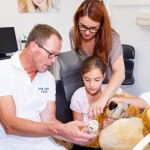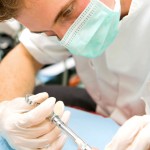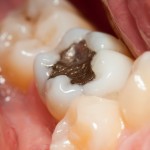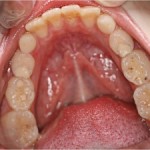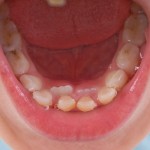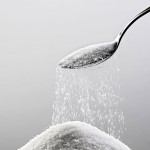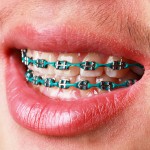
Probiotics have been used in the management of a wide range of conditions and have been shown to have a beneficial effect in gastrointestinal disease for example. A potential role in the prevention of caries has been suggested and the aim of this review was to evaluate the caries preventive effect of probiotics. Searches were [read the full story…]
